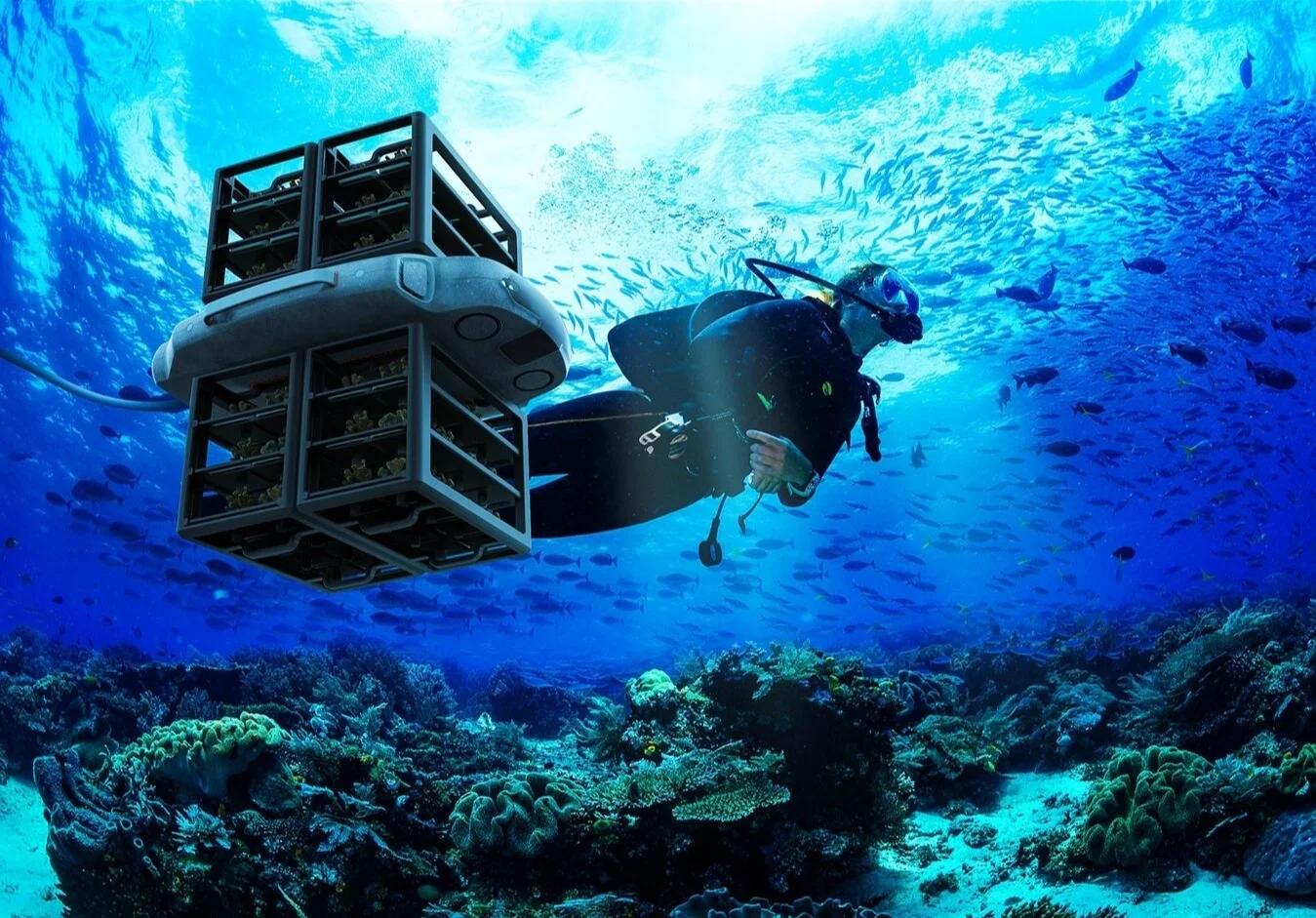
Nemo
Nemo is a 360° Coral Restoration System that helps municipalities to restore coral reefs in an efficient, sustainable way, with large scale capacity.
The present system of coral restoration is very complicated, labour intensive and even stressful for young corals. Restoration organisations and government agencies are struggling with funding and work essentially on a small scale.
Therefore, the process behind Nemo was highly iterative and involved a lot of people. They conducted interviews with experts and citizens worldwide to gather their perspective on sustainable living.
Nemo consists of an interactive network that aids scientists in conducting more effective and reliable coral reef study and monitoring. Around the same time, it raises awareness of coral reefs worldwide, from scientists to people.
A customised transport box is the second component. It assists corals during their transition from the nursery to the outplant site. It controls the saltwater's temperature and pH to ensure that the young corals have the greatest chance of surviving on their way to the outplant site. The final piece is a collaboration drone that serves two purposes.
One of the functions is to assist scientists in monitoring coral reefs by 3D scanning and mapping. The other role is to aid outplanting by transporting up to 100 corals to the outplant site.How does it work? Corals are pre-grown on structures made out of locally recycled concrete. The corals can be framed either on land or in the ocean.
After harvesting, the young corals are placed in specially designed transport boxes. These boxes regulate the water temperature and the pH value to support the young corals during transportation. On the site, the drone NEMO is unpacked. The inner-crates are mounted on NEMO.
Once NEMO is loaded with about 100 corals, two divers go down to the dying reef. As one diver drills holes in the ocean floor with a pneumatic drill, the other glues the corals in place with special bio-adhesive glue. After corals are outplanted, the divers go back with the drone. NEMO is then thrown back into the ocean to 3D scan the outplanted corals and the remaining coral reefs.
The data is collected and processed on a digital platform. The material used to make NEMO is recycled plastic. This system is efficient and can have a large scale impact and is optimized for two people and eco-friendly. This solution can help future coral reef restoration projects across government agencies, research groups and civil communities.



